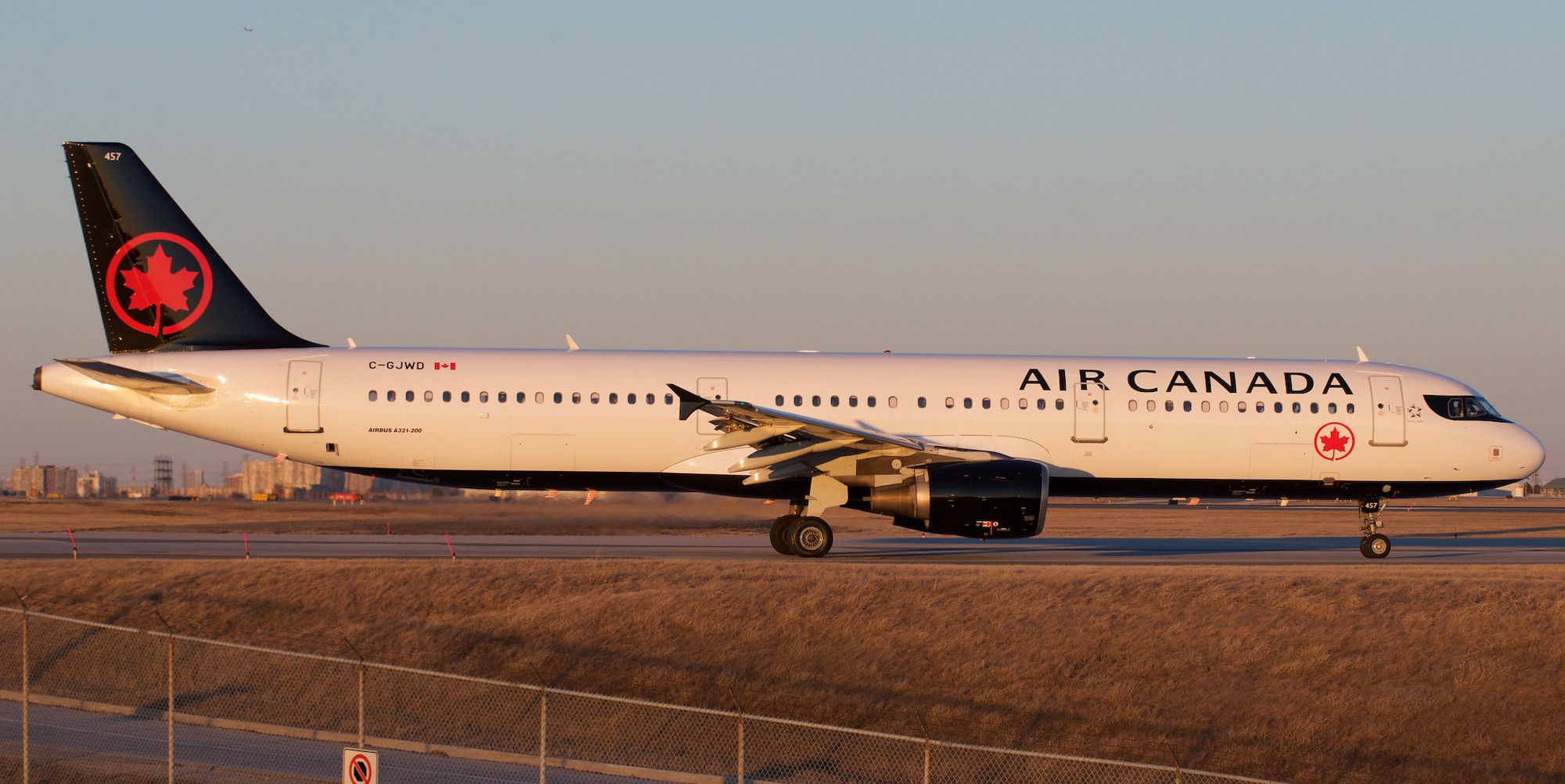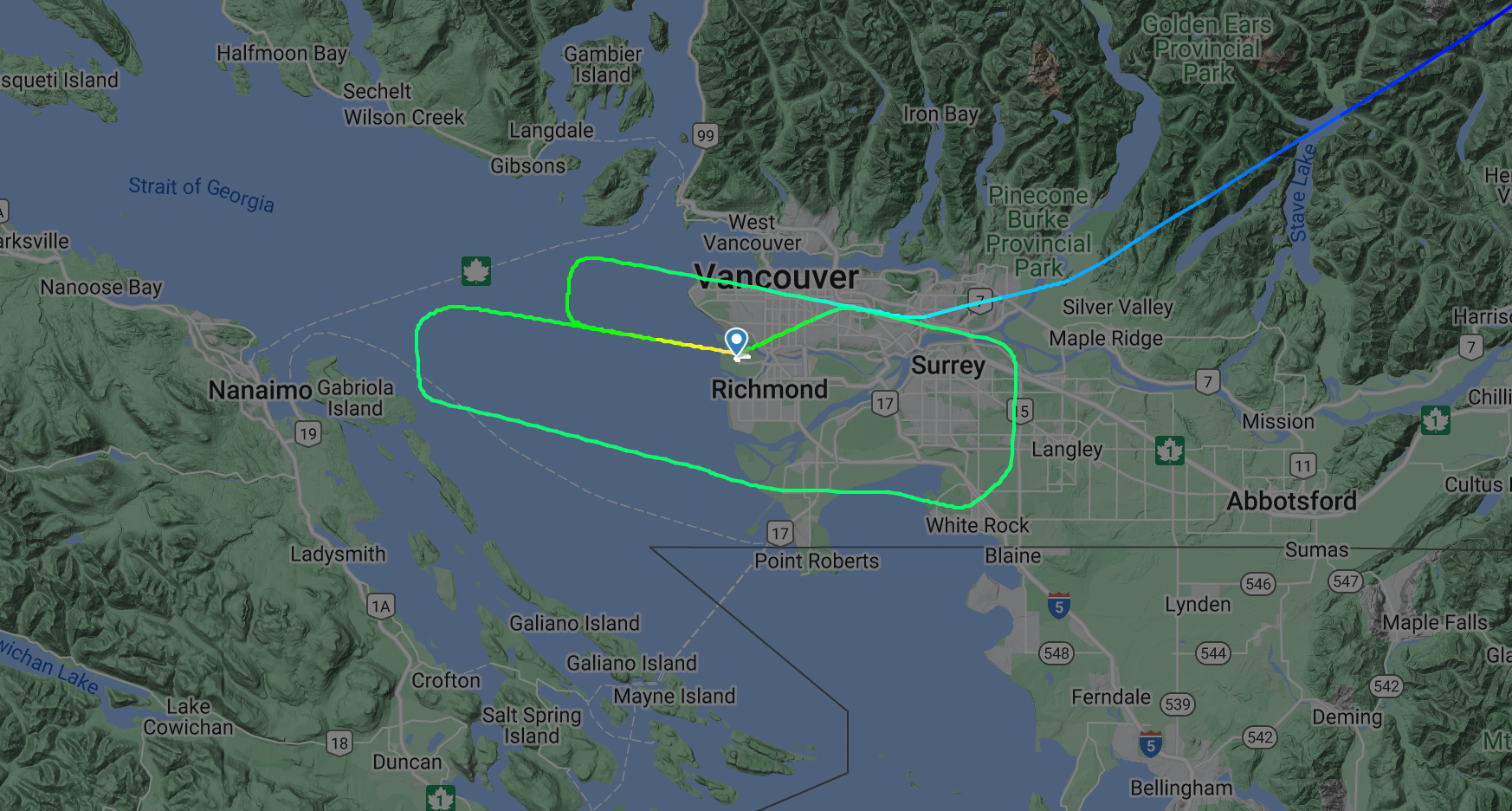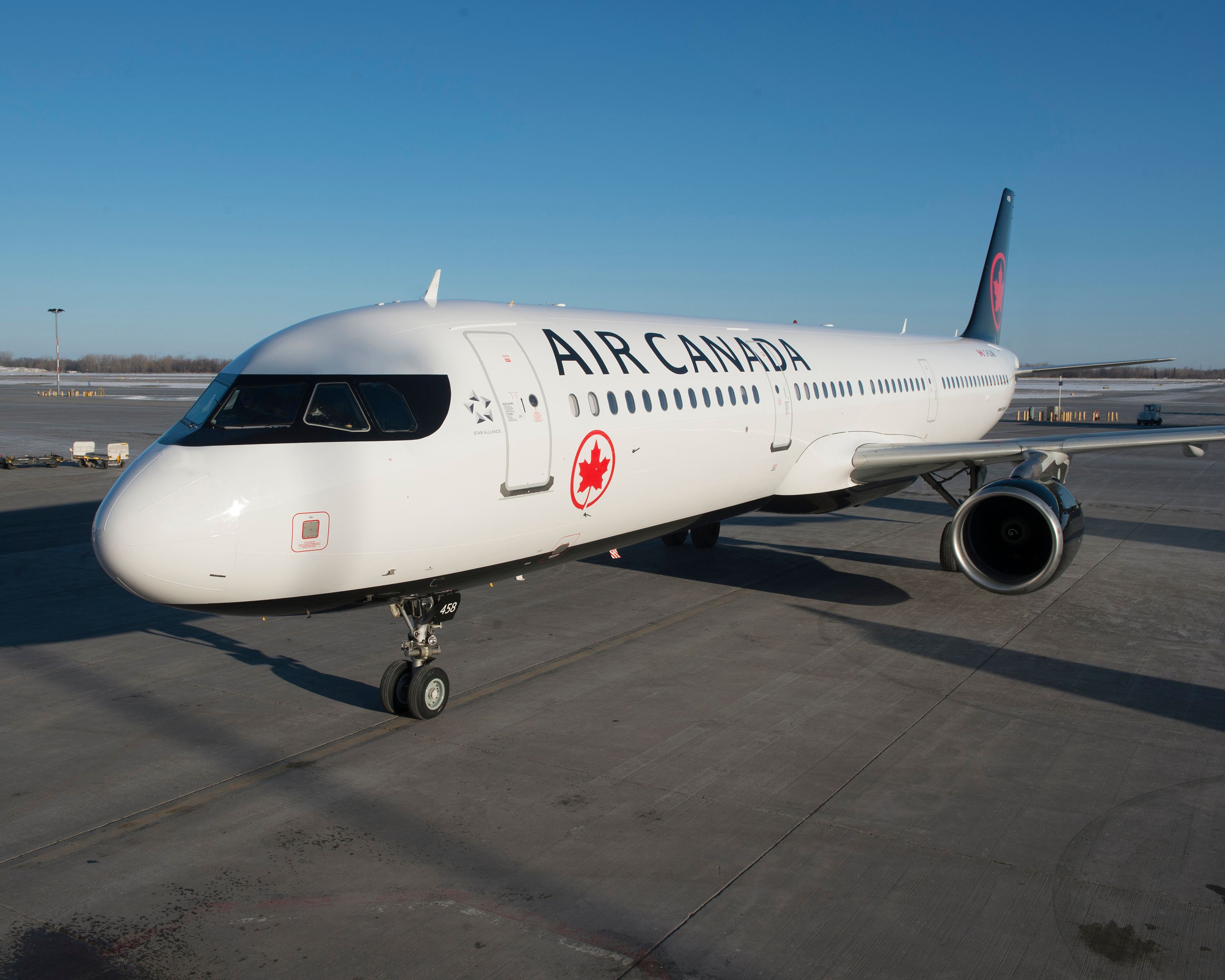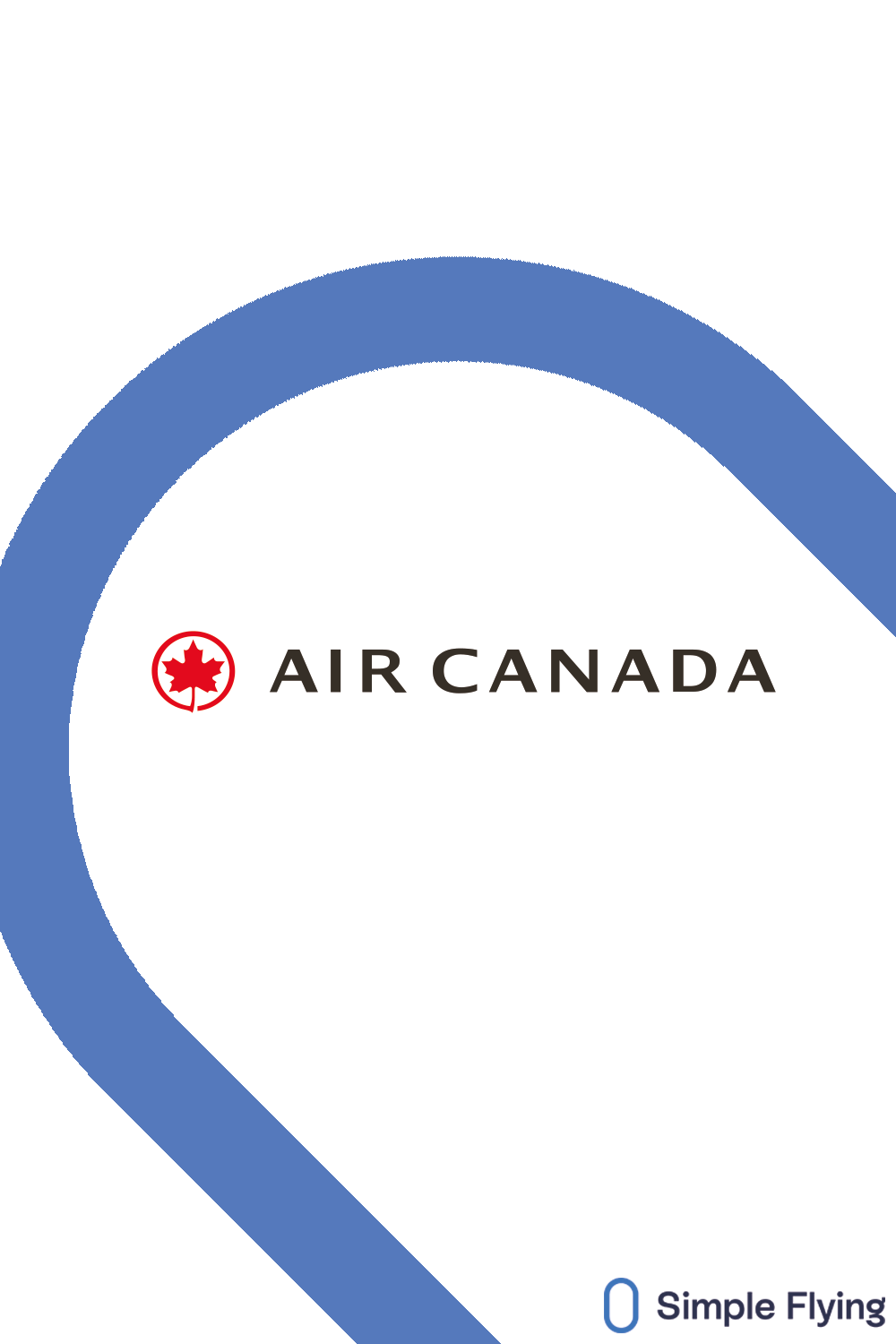Two weeks ago, on December 30th, the crew of an Air Canada Airbus A321 encountered issues with their aircraft's landing gear as they approached their destination airport. With the aircraft failing to respond to commands to extend the landing gear, let's examine how the crew managed to safely land the aircraft.
Incident details
On December 30th, the Airbus A321-200, registered C-GJVX took off from Winnipeg destined for Vancouver as Air Canada flight AC299.
With 195 passengers and six crew onboard, The Aviation Herald reports that the aircraft was on its final approach to Vancouver's runway 08L when issues arose with the aircraft's landing gear. In fact, the crew selected the gear down, and the aircraft responded with received three red indications. The crew then attempted twice to select the gear lever up and down without success and had to perform a go-around.
Climbing back up to 5,400 feet, the crew took the aircraft over the Metro Vancouver region, flying a large circle out to South Surrey and then back to the airport. During this go-around, the crew managed to successfully perform a gravity gear extension and safely land the jet on runway 08L some 30 minutes after the go-around was initiated.
Reporting from the Canadian TSB (Transportation Safety Board) notes that aircraft maintenance crews concluded that the landing gear lever had failed. The lever was subsequently replaced, and the aircraft was back in the air roughly 24 hours later on a flight to Toronto.
Get all the latest aviation news right here on Simple Flying
Numerous past incidents
According to AeroInside, C-GJVX (MSN 1726) has had a number of incidents over its 20 years of service. In fact, including this recent landing gear incident, the nearly 21-year-old A321 has been involved in a total of eight incidents.
Not all of these have to do with the airframe, however. A 2019 service suffered a birdstrike upon takeoff which is, of course, not the fault of the aircraft. Additionally, two incidents in 2014 and 2016 involved engine failures. Past incidents directly involving the airframe are as follows:
- On December 25th, 2022, just five days before the most recent landing gear incident, the crew flying C-GJVX received numerous ECAM messages followed by what The Aviation Herald describes as a "system #1 cabin pressure fault and an excess cabin pressure warning."
- In June 2016, the aircraft was on approach to Calgary when the crew received a "FLAPS LOCKED SLAT 2 FLAPS 1" indication. The crew then advised ATC of a flight control issue and performed a go-around, and landed safely. The flap power drive unit was subsequently replaced.
- In February 2016, whilst climbing from Fort Myers (Florida), the crew noticed that both Cabin Intercommunication Data System (CIDS) directors had failed. An acrid odor was then detected in the cabin, and the decision was made to divert to Charlotte.
- And finally, in January 2014, the crew reported unusual airframe vibrations climbing out of LAX. The aircraft returned to the origin airport for a safe landing while the Canadian TSB reported that the aircraft's #1 Elevator/Aileron Control Unit was replaced by maintenance.
For most people, there is a reasonable level of trust in the hard work and care of aircraft maintenance crews all around the world. However, when you see an aircraft's history and the fact that it's suffered so many issues, does this raise any concerns for you? Share your opinion by leaving a comment.
Sources: FlightRadar24.com, The Aviation Herald, Planespotters.net, AeroInside




